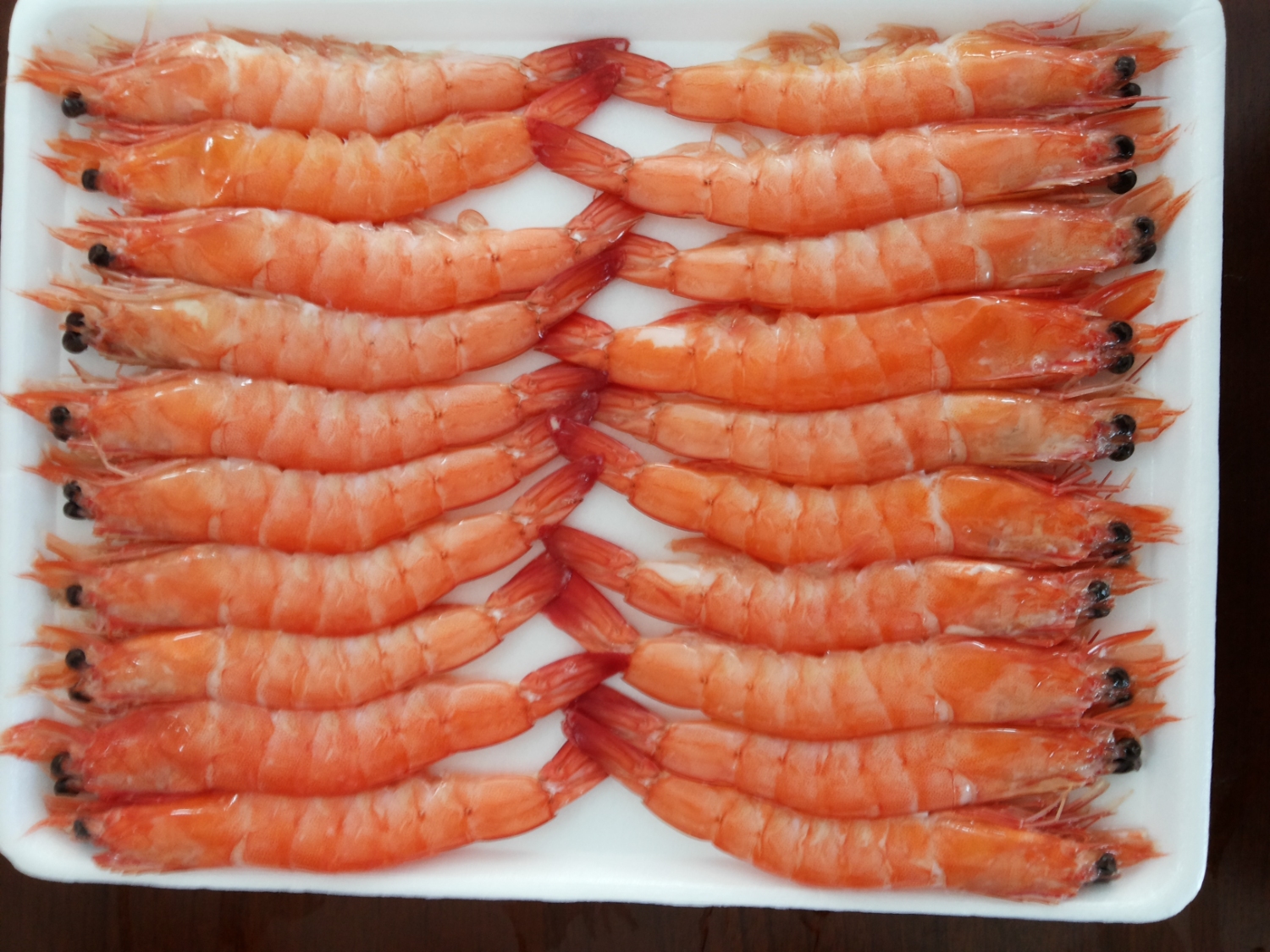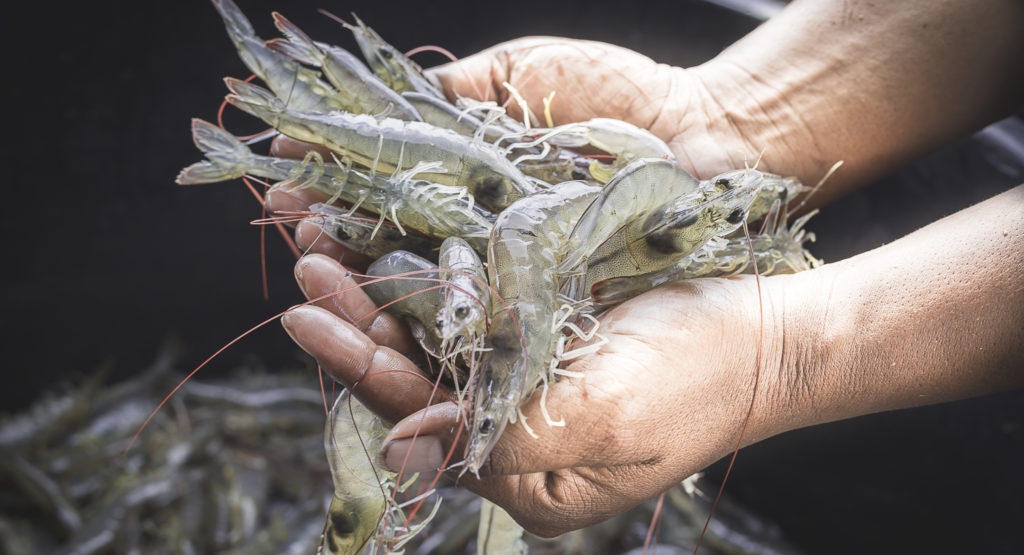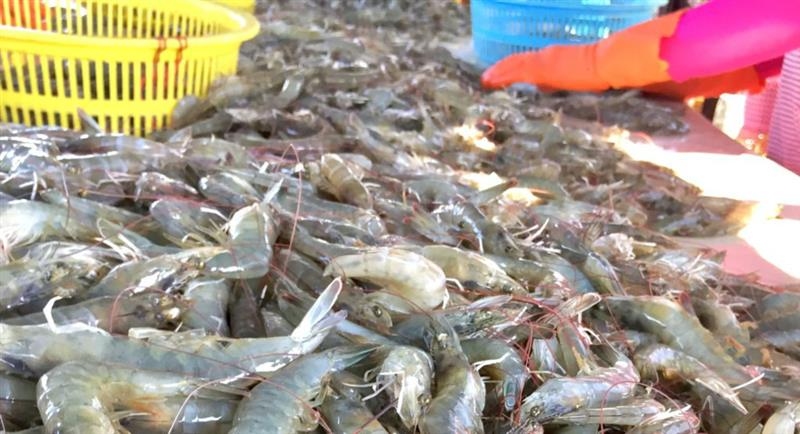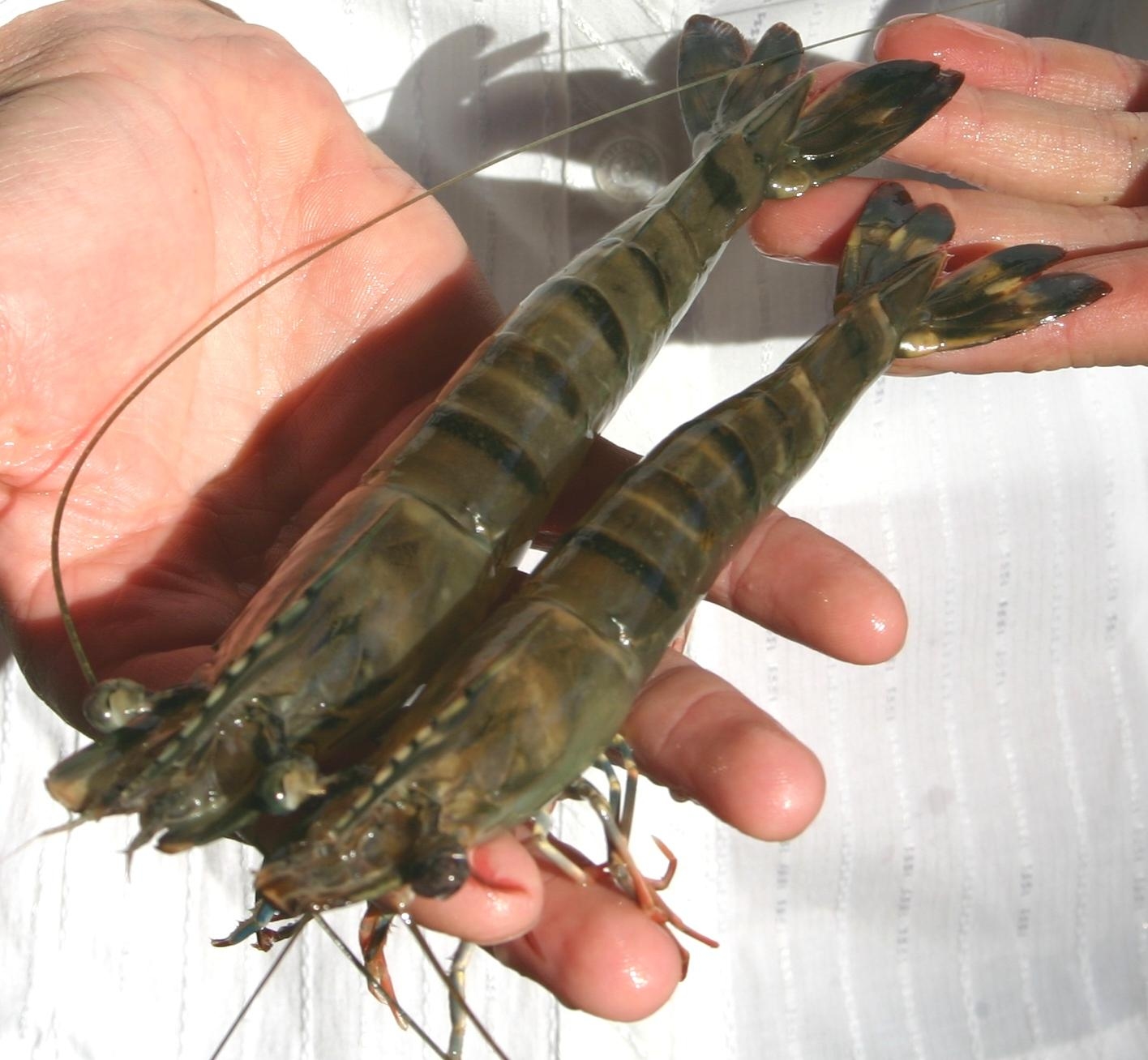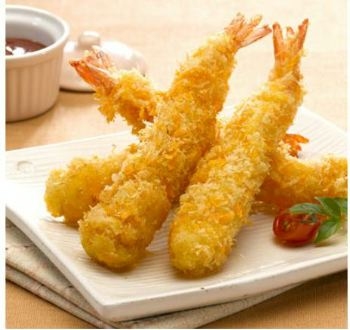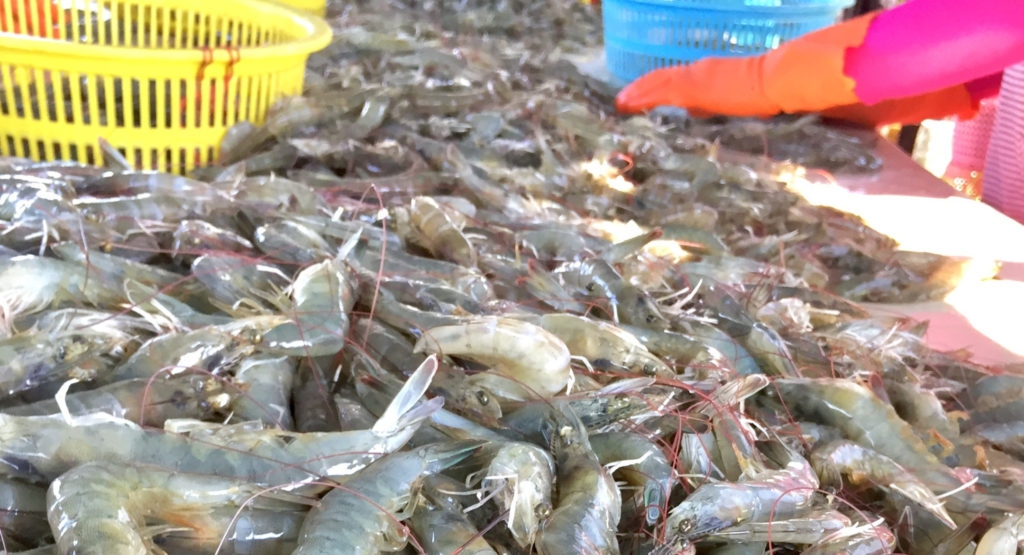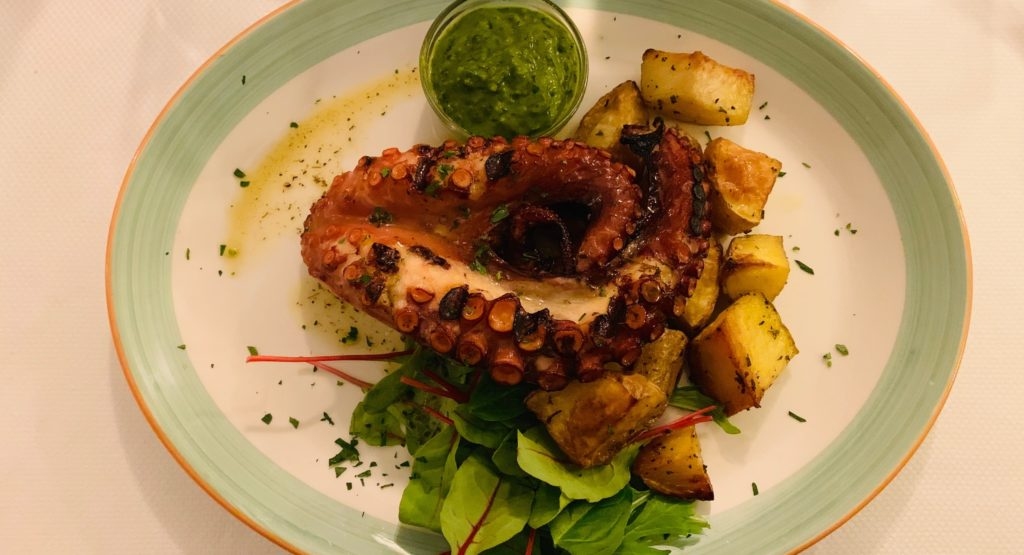
Global shrimp prices on the rise
Global shrimp prices on the rise
07/01/2021 - FAO REPORT
The COVID-19 pandemic reduced overall demand for shrimp in 2020. While international and domestic shrimp markets were characterized by strong retail trade, the foodservice sector encountered huge losses. Lately there has been a big boom in China’s catering industry associated with the mid-autumn festival in October. This may lead to the further opening of China’s restaurant industry in the coming months.
Supply
The shrimp aquaculture season in Asia was delayed in 2020 due to the COVID-19 outbreak. After the early season’s panic harvests in April, pond stockings were delayed in most of the producing countries and resulted in the reduction of actual farming days during the lockdown period. Shrimp farmers also adopted low density aquaculture because of low ex-farm prices that persisted until August 2020.
In India, raw materials were short supplied during April - August 2020 while ex-farm prices remained at record low levels following the sharp contractions in global demand from the foodservice sector. In Viet Nam and Indonesia the supply situation was better. Export processors in those countries focused on value-added products and retail packaging in response to the changes in market demand.
Production in Thailand was low in 2020 compared with 2019 affecting raw material supplies for export processing. Thai farmers were discouraged by the weak ex-farm prices and tumbling tourism. In China, the domestic production also declined in 2020 due to shrimp disease and adverse weather conditions.
Latin America
Since mid-March, farmed shrimp production in Ecuador has slowed down significantly due to the COVID-19 outbreak in the main farming and processing area-Guayaquil, record drops in ex-farm and export prices, and fluctuating import demand from the top market China. To reduce losses, many farmers moved to low density production, causing a supply short fall during July to September 2020. Production has started to recover since October.
Cumulative landings of red shrimp (Pleoticus muelleri) in Argentina fell by 27 percent during January - September 2020 compared with the same period in 2019, causing declines in exports and price increases.
International trade
The sector continues to adopt the shifting demand pattern in the international market. Characterized by strong retail demand but significant demand losses in the catering trade (70-80 percent) during April - June 2020, the market maintained some balance as production declined. Although foodservice business improved during the summer months in North America and Europe, in most cases restaurants have had to operate at only 25 to 30 percent capacity following the mandatory social distancing measures. Demand for air travel has also suffered significantly and has yet to recover due to the persistent travel restrictions worldwide.
Despite these limitations, global shrimp trade remained relatively steady with reduced supplies, particularly from Asia during April-August 2020. Nonetheless, imports increased in the two largest markets of China and the United States of America, where retail sales were record high during April - September 2020.
Exports
Supplies increased from the top two exporters, Ecuador and Indonesia, during the first half of 2020. Ecuador was supported by record low export prices and increased sales to the United States of America, while Indonesia’s exports of processed shrimp grew during the review period. Exports of processed shrimp also increased from other countries, but not from Thailand and China. Cooked frozen shrimp exports were 35 percent higher in both India and Indonesia during the review period compared to the same period in 2019.
Sea-caught shrimp exports from Argentina declined by 16 percent to 45 000 tonnes because of lower catches during the review period.
Imports
China became the top shrimp importer during January-June 2020. Imports increased marginally in the United States of America, but declined in the European Union, Japan, Canada and many more emerging markets worldwide. Increased demand of processed shrimp characterized US imports during this period, whereas raw head-on and headless shell-on shrimp remained the dominant products in China’s imports. Imports in Viet Nam (for re-exports) had a record decline at only 22 000 tonnes, 75 percent less compared with January-June 2019. This decline came from significant and continued control by the Chinese authorities of unreported imports from this country.
European Union
Affected by the COVID-19 crisis, shrimp consumption was weak in Europe during the first half of 2020. Unlike the United States of America and China, retail demand remained low in the European Union, while purchase by restaurants, where most of shrimp consumption generally takes place, shrunk significantly until June. During the first half of 2020, shrimp imports in the European Union were 6.3 percent lower at 341 651 tonnes including 70 000 tonnes of processed products (-10.6 percent).
However, during the summer months, shrimp demand improved in the Northern European markets supported by increased sales in the restaurant trade. Many people stayed home during summer holidays and opted to dine in local restaurants.
China
Home consumption of shrimp remained good in China throughout April - September 2020. Domestic inventory that had built up during the early lockdown period (January - April), started to decline from May with the easing of the lockdown. Monthly imports peaked in June at 80 000 tonnes, resulting in cumulative imports of 382 000 tonnes during the first half of 2020. Ecuador had a 53.7 percent share in these supplies. The temporary export suspension of three Ecuadorian shrimp companies to China caused sharp declines in imports during July and August 2020 from this source. However, according to the Ministry of Production, Foreign Trade, Investment and Fisheries in Ecuador, exports of shrimps to China are back to normal now. Imports also increased from most other sources to China during January-June 2020 but declined from India. Cumulative Chinese imports of shrimp from January to August 2020 were 13.4 percent higher than the same period in 2019.
United States of America
The US foodservice sector, that takes the lion share of shrimp sales (75 percent) during normal years, suffered 70 to 80 percent declines in revenue during April to May 2020 due to COVID-19. During the summer period, shrimp sales increased as many restaurants across the United States of America switched to take-away and delivery services. However, in-dining is only operating at 25 percent capacity due to social distancing rules.
Retail sales of shrimp have been very strong this year and may increase to 30 to 35 percent of total shrimp sales, compared with 25 percent of normal years. Nonetheless, the increase in retail sales of shrimp was not enough to compensate for the shortfalls in the catering trade. The fall in average disposable income attributed to increased unemployment and economic insecurity also curbed shrimp demand in the US market.
From January to June 2020, total US imports increased marginally (+2.6 percent) due to the falling demand of raw products. In particular, there was lower consumer demand for peeled shrimp that is generally used in restaurants. Imports of processed shrimp increased by 13 percent to 73 000 tonnes in comparison to the same period of 2019.
Total shrimp imports increased by 6.5 percent during January to August 2020 indicating a steady demand trend in the US market during summer months.
Japan
Consumer demand for shrimp in Japan remained dull during the high consumption periods of April to May and also in the summer months. Even at low international prices, half-yearly imports in 2020 fell by 4 percent at nearly 90 000 tonnes compared to 93 400 tonnes recorded in 2019. The negative trend also persisted during January to August 2020 with imports falling by 3.7 percent to 128 215 tonnes.
Asia/Pacific and others
With movement control and social distancing measures in place, shrimp imports declined in many regional markets. During the first half of 2020, the Republic of Korea, Hong Kong SAR, Singapore, Australia and New Zealand all reported declines in imports. On the contrary, in India, on-line domestic sales of fresh and frozen shrimp increased significantly in many large cities. The trend was similar in Thailand and Malaysia.
Prices
Shrimp prices in the international trade were low until August 2020. Ecuador was the worst hit country where prices crashed to record low levels in July following the partial import ban from China. However, from September onwards prices begun to recover. This trend may continue until January 2021.
Outlook
The late seeding of ponds in 2020 will result in low to moderate supplies until the end of the year particularly in areas not affected by winter (Indonesia, Malaysia, southern Thailand, Andhra and Tamil Nadu states in India). However, the low season will persist from November to February in China, eastern parts of India, Viet Nam, Thailand, Myanmar, and Bangladesh. Farmed shrimp production in Asia is forecast to be 15 to 20 percent lower in 2020 than in 2019.
In China, the mid–autumn festival and the National Day holiday in October gave a big boost to the shrimp market when outdoor eating increased significantly. With COVID-19 still raging in the United States of America and Europe, many Chinese consumers have opted to travel domestically. Inventories of frozen shrimp in China have declined which will support imports in the coming months. Increased US imports during the third quarter of the year will allow for sufficient stocks for year-end consumption. Meanwhile, restaurant sales will likely slowdown in winter months. The consumption trend will be similar in Europe and in Japan with some improvement in demand expected during the Christmas/New year period.
From September 2020, ex-farm prices bottomed out for Asian and Ecuadorian shrimp. The seasonal short supplies in Asia and expected good demand from China until the 2021 Lunar New Year will lead to price increases. As China lifted bans on Ecuadorian shrimp, Chinese imports from this country will likely go up in coming months. Meanwhile the e-commerce and home delivery of shrimp in importing and producing countries has opened up new marketing and sales opportunities worldwide. This trend will continue in the long run.
Other news
- A recovery for the shrimp market? 17/04/2024
- Shrimp market: Fear of inflation and declining demand 22/10/2022
- Summer demand remains strong in the United States of America and Europe 08/11/2021
- Global supply chains are being battered by fresh COVID surges 18/08/2021
- Animal Health and Welfare in Aquaculture 17/08/2021
- Pangasius Imports Outpacing Tilapia 10/08/2021
- Growth in India's Shrimp Production and Exports 08/08/2021
- Decline in shrimp exports to China makes shrimps cheaper in India for domestic market 03/08/2021
- Rabobank sees plenty of positives for both shrimp and salmon sectors 29/07/2021
- Asia’s Shrimp Connoisseurs: Japan, Taiwan And South Korea 02/07/2021

